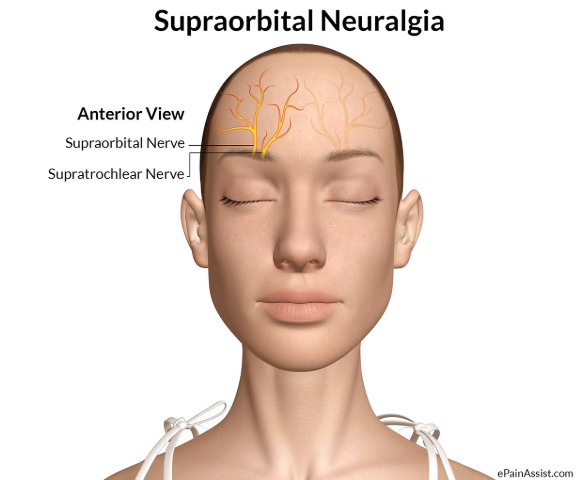
Do you ever climb out of the pool after swimming laps and find yourself experiencing a terrible headache? Maybe you get headaches when you’re swimming. Swimmer’s headaches develop for many reasons; these include the type of goggles and swim caps you’re wearing, overexertion, lack of oxygen or dehydration.
Avoid getting a headache after swimming by discovering the types of headaches swimmers experience and why. If you have a headache and don’t find relief from simple methods of treatment, see a doctor for help.
What Causes Headache After Swimming?
1. External Compression Headache
This headache disorder is caused by pressure being applied to the forehead or scalp by an external force. For a swimmer, it’s usually goggles or swim caps causing the problem.
Some people are more sensitive to this type of pressure than others. Not everyone will experience the same amount of pressure. It’s more common among people who experience migraines.
Luckily, the throbbing sensation tends to resolve itself once the pressure is absent. Once you remove the gear and wait, your headache should stop. Prolonged pressure can turn the headache into a migraine.
2. Supraorbital Neuralgia
Here’s an unusual facial disorder wearing swimming goggles can cause; it has the nickname “goggle headache.” People experience pain in the center of the forehead.
Sufferers have constant pain or spasms over the nerve. This type of headache is characterized by short lightning periods of pain. It tends to come and go.
Relieve the headache with a procedure called nerve ablation, which uses an electrical current to heat up a small area of nerve tissue. Another treatment option for supraorbital neuralgia is more short-term. A local anesthetic is injected as close to the nerve as possible to relieve pain.

3. Primary Exercise Headache
These headaches develop from swimming, especially if it’s strenuous; this is a throbbing headache that lasts anywhere from five minutes to 48 hours. It can happen during the activity or after. Primary exercise headaches are often accompanied by nausea. Be cautious in hot weather and high altitudes, as it happens more often under these conditions.
People who have exercise-induced headaches and cardiovascular risk factors (i.e. history of heart attack, coronary artery disease, diabetes, high blood pressure, high cholesterol, obesity smoking, etc.) should be evaluated for heart disease as a cause of their headaches. That’s especially true if headaches occur with exercise or pain radiates to – or from the neck/jaw.
4. Sinus Headache
A sinus headache is one of the most common types of headaches to get after swimming. Viruses and other bacteria can get into the nasal cavity and can cause inflammation. Chlorine can also irritate the nasal lining and sinus membrane which can lead to headaches and sinusitis.
It’s also true pressure changes can plug sinuses, leading to a sinus headache. Chlorinated water and changing water pressure from swimming underwater and diving are also common causes.
Saltwater sprays and saline treatments are good to rinse out the nasal passages after swimming. You can use over-the-counter pain relief as needed.
5. Other Causes
- Dehydration can cause headaches
- Not breathing regularly or holding your breath can cause headaches from a decrease in the circulation of oxygen.
- You may have got water in your ear, which can cause a headache as well.
How to Prevent Headache After Swimming?
Follow some of the tips below to prevent having a headache after swimming:
- Place your goggles on carefully and gently. Also, try different positions to avoid too much pressure.
- Try on many goggles to find the ones with a comfortable fit. Look for ones with soft rubber and smaller seal areas around the eyes.
- Use ear plugs to keep water out of your ears.
- Use a loose fitting swim cap to ensure comfort.
- Stay hydrated whether you’re in or out of the pool.
- Avoid diving in the deep water. Ocean swimming will also reduce your chance of a headache because salt water acts as a natural medium for irrigation.
- Breathe in a relaxed and linear fashion so you can take another breath after a stroke or two.
- Practice your breathing methods when you are out of the water to get more familiar with them.
- Try not to exert yourself or go back into the pool until you’re no longer experiencing a headache.

